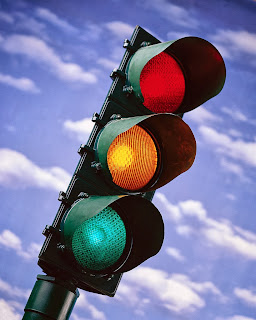Dontcha love the name of this drill? I found it in an article by Greg Moran in TennisPro Magazine. If
 |
| Is this drill the GOAT?? |
you have been reading this blog any time at all, you know I sometimes tinker with the original names of the drills I find. But this one is so confident, how dare I?
You will need at least four players. Two are in traditional doubles receiving position (one at service line, one at baseline). The other two are at the net. Coach is off to the side and begins point by feeding a ball to one of the non-net players. First ball should be hit cooperatively to one of the net players. They are then asked to hit back to the baseline player.
To recap: the first three shots (feed, return of feed, return of return) should be cooperative.
Once the third ball has found its way back to the baseline player, anything goes and things get interesting.
Baseline player should be working on avoiding hitting anything to the net players that may end the point in their favor. Lobs and topspin forehands come in handy here.
Net players are working on moving together as well as anticipating baseline player's shots. Most shots should go back to the baseline player unless they have an opportunity to end the point.
Service line player is in the 'hot seat'. Net players may be targeting them so they need to be alert and focused across the net. Look for an opportunity to poach.
Play to a set number of points and rotate so that all players have a chance to work on all positions. Coach feeds a variety of balls including lobs to start the point to better simulate live doubles play. If you want to include serve practice, have the player at the baseline position serve, and returner must follow ball in to restore the preferred starting setup of having two players at the net on their side.









